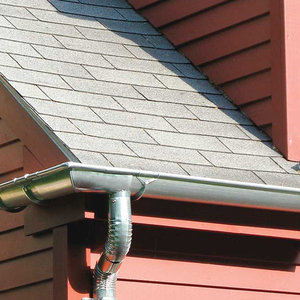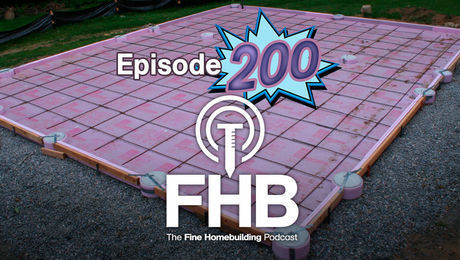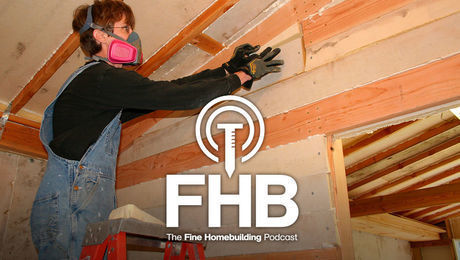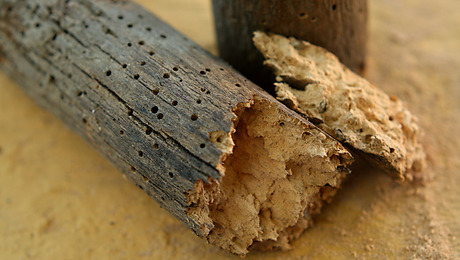Replacing Rain Gutters
A professional's advice on installing aluminum and galvanized-steel gutters.
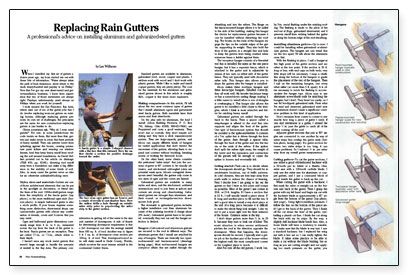
Synopsis: A sheet metal and gutter specialist explains the process of replacing worn rain gutters. The article includes descriptions of different types of gutter and hangers and explains how to cut, solder and rivet pieces together. This is a useful guide for making custom bends and corners.
When I installed my first set of gutters a dozen years ago, my boss started me out with these bits of information: “Water always takes the path of least resistance, never return to the truck empty-handed and payday is on Friday.” Now that I’ve got my own sheet-metal and gutter-installation business, I know from experience that two of those statements are always right. Paydays, unfortunately, aren’t always on Fridays when you work for yourself.
I work around the San Francisco Bay Area, where nine out of ten of the gutter jobs that I do involve replacing worn-out gutters on existing homes. Although replacing gutters presents its own set of challenges, the principles are the same for new construction — replacing gutters is just harder to do.
Clients sometimes ask, “Why do I even need gutters?” For one, in some jurisdictions the code insists on them. But more than that, gutters just make sense in areas that have periods of heavy rainfall. They can prevent water from splashing against the house, causing premature paint failure and wearing out window frames. And they keep heavy runoff from eroding the soil around foundations. Diverting roof runoff away from a foundation can make a big difference in the stability of some kinds of soil. Also, in many cases the gutters serve as trim for an otherwise unfinished-looking eave.
Styles, sizes and materials
Gutters are one of those architectural elements that can be put in the spotlight as decoration, or blend into the lines of the roof. Off-the-shelf gutters range from the simplicity of the fascia gutter, to the more traditional ogee style. A simple half-round gutter is also a stock profile. If your house requires something more distinctive, sheet-metal shops can custom-make gutters with almost any combination of reveals, coves and S-curves that you may need.
Ogee and half-round gutter dimensions commonly range from 4 in. to 6 in., measured across the top from the back of the gutter to the front. Fascia gutters are an exception. They are called 5 1/2-in. or 7 1/2-in., which refers to their depth.
I haven’t seen any stock metal gutters that weren’t large enough to handle the amounts of rainfall in the Bay Area. The primary consideration in getting rid of the water is the size and number of downspouts. A rule of thumb for determining downspout requirments is that a 2×3 downspout can take the average rainfall from 600 sq. ft. of roof. Another way to figure it is 1 sq. in. of downspout cross section per 100-sq. ft. of roof. This downspout-to-roof ratio will drain runoff in Dade County, Florida, which receives the most intense rainfall in the continental United States.
Standard gutters are available in aluminum, galvanized steel, wood, copper and plastic. I seldom work with wood and I don’t work with plastic gutters. While I like to make and install copper gutters, they are pretty pricey. Copper is five times more expensive than the cost for the materials for the aluminum and galvanized gutters shown in this article.
For more photos, drawings, and details, click the View PDF button below:





